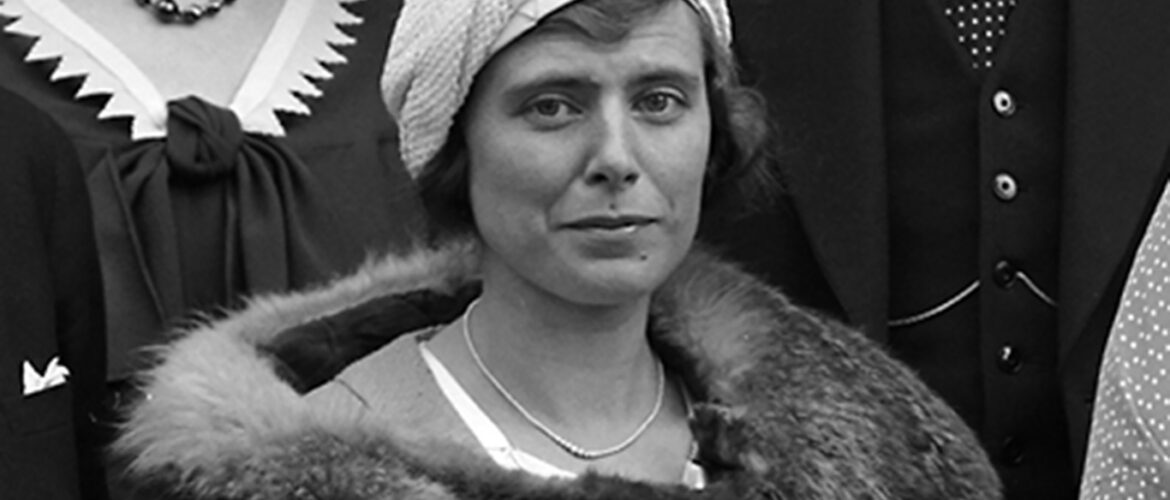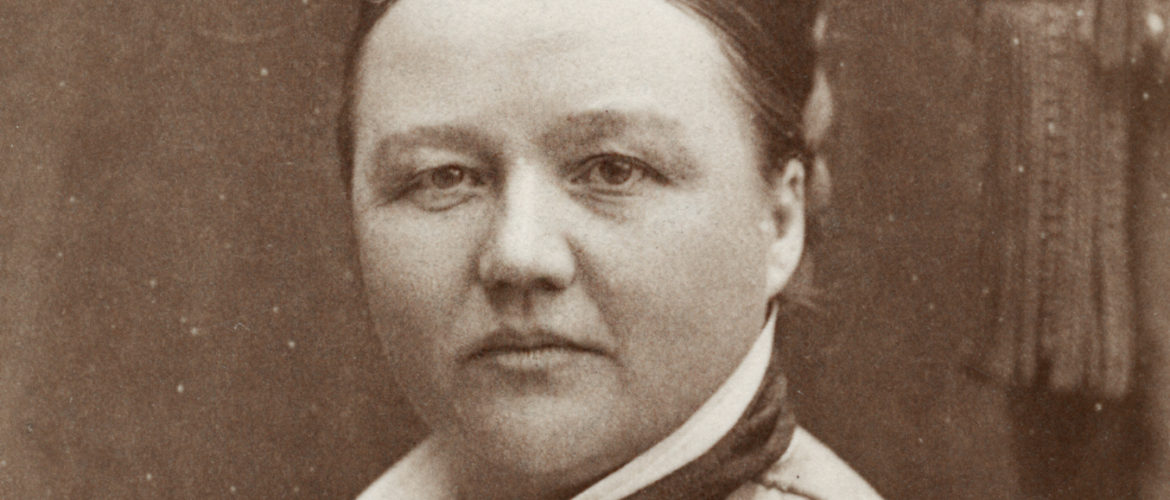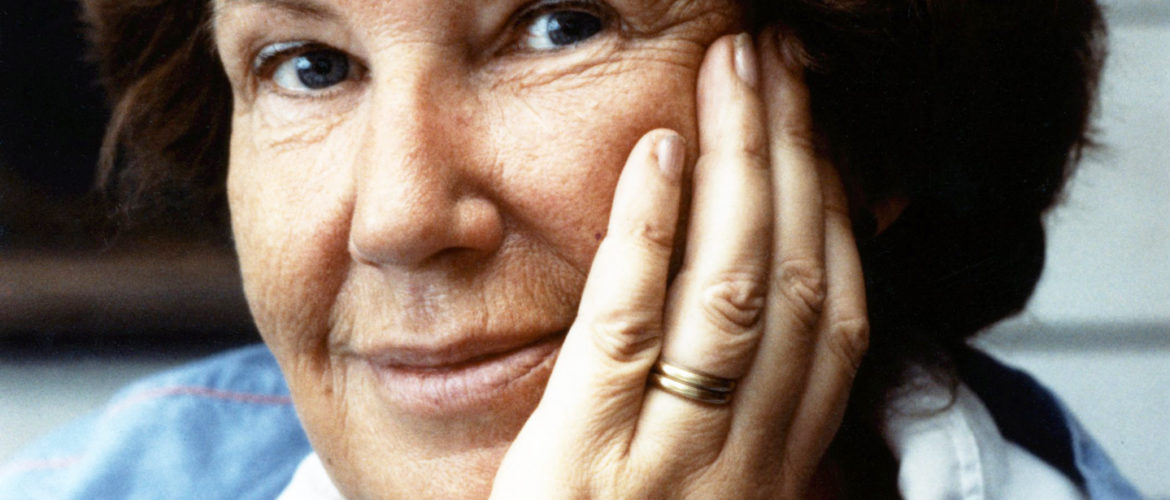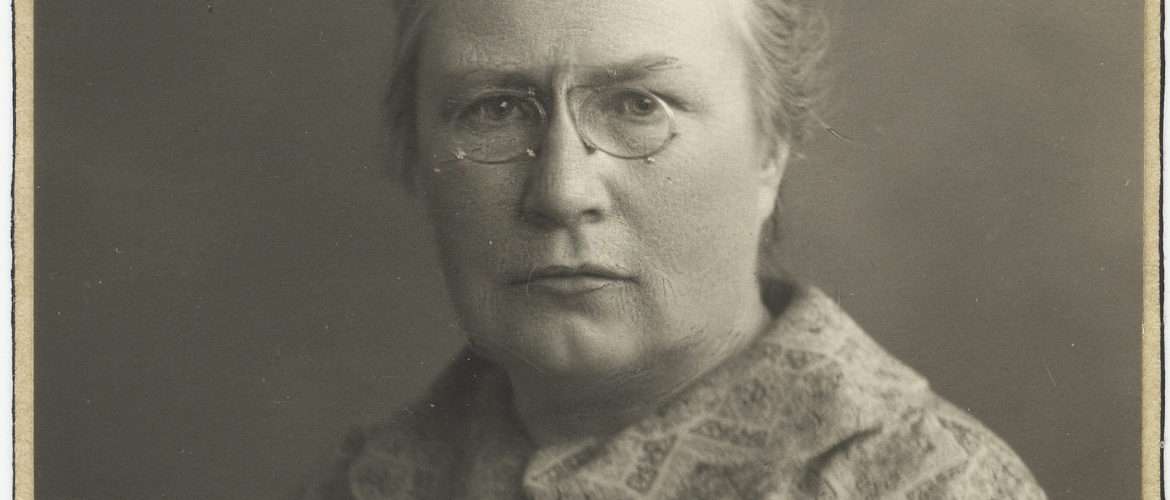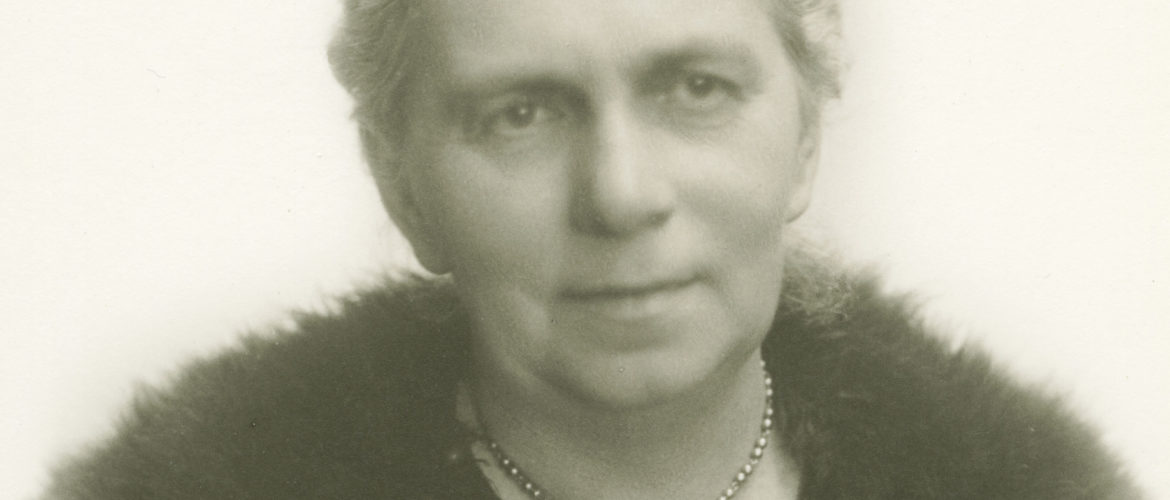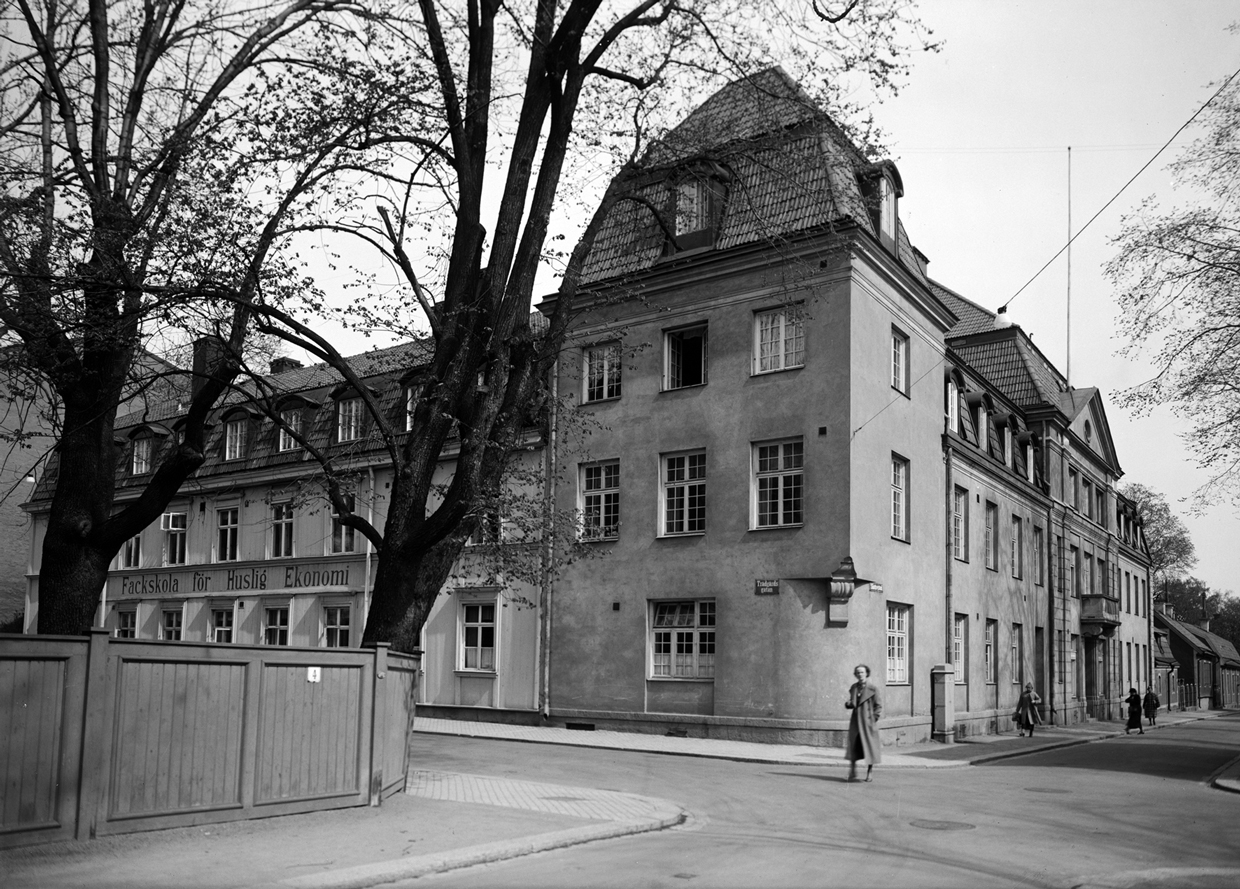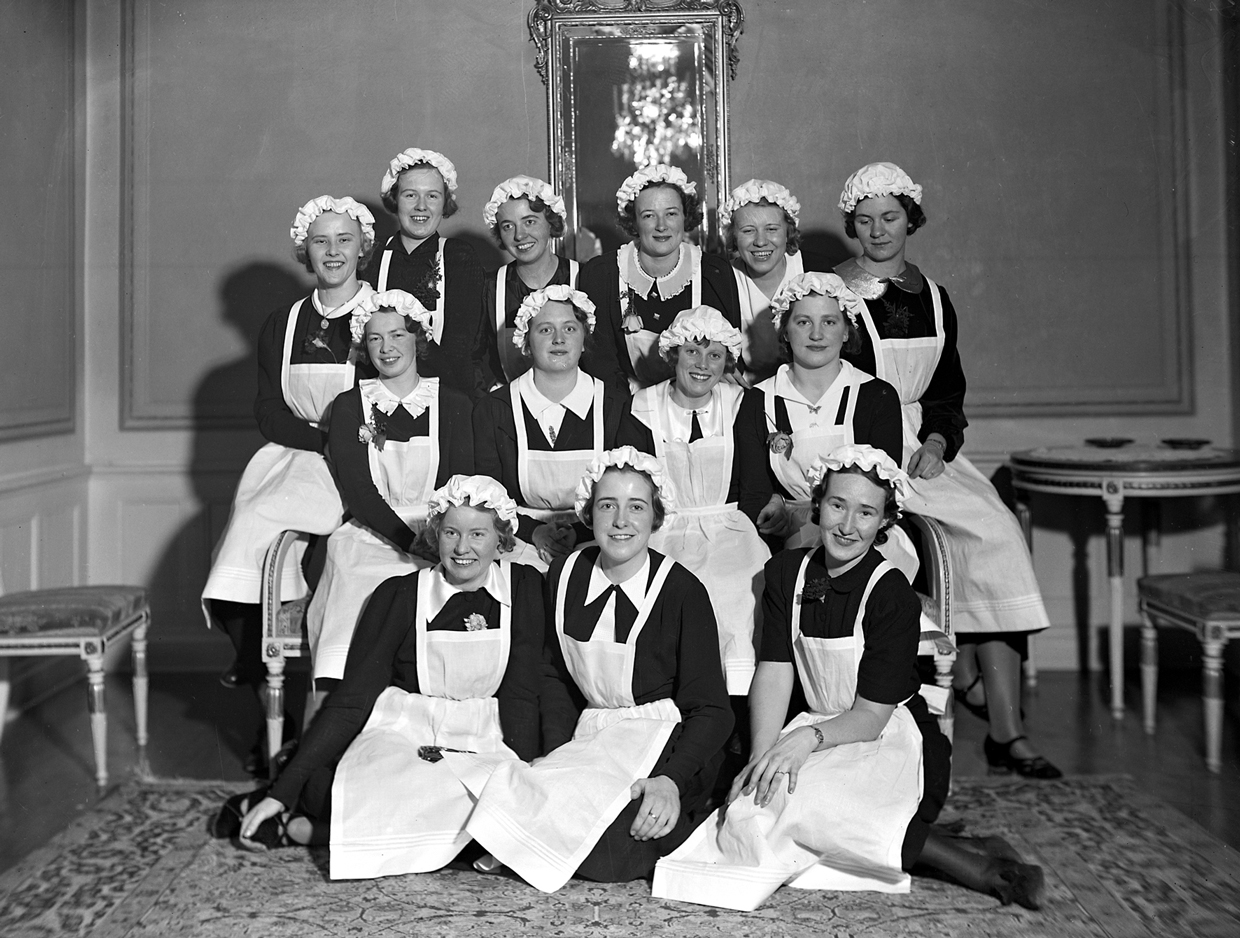1901-1992.
Rector.
Ragni Kjellberg was the director of "Magdeburg" (Elementary School for Girls) and its principal from 1942 to 1969. She was also chairman of Fyrisgården and the Professional Women's Association.
In Kjellberg's memory, a memorial fund was established in her name for students with artistic talent.
Burial site: 0155-0236
Image description: Ragni Kjellberg, third from left, Uppsala 1934 at the 17th general girls' school meeting in Uppsala. Published in Upsala Nya Tidning. From left: headmaster Josef Lundén, Miss Karin Winroth and Mrs. Ragni Kjellberg, headmaster Sven Graners, headmaster Karin Akselsson, headmasters Martha Grönvall and Thyra Kullgren, and education councilors Nils Hänninger and August Johansson. Photo: Paul Sandberg / Upplandsmuseet. [The image is cropped]
Click here for an uncropped image

